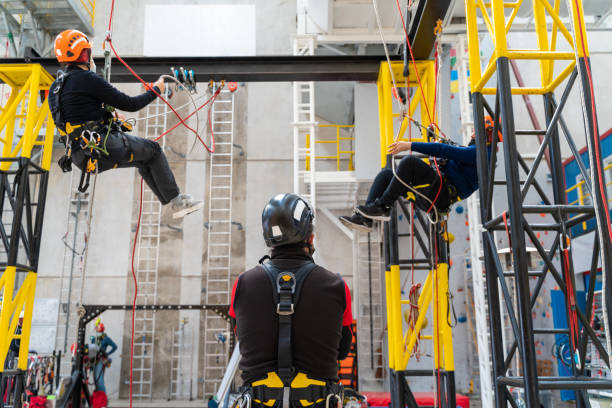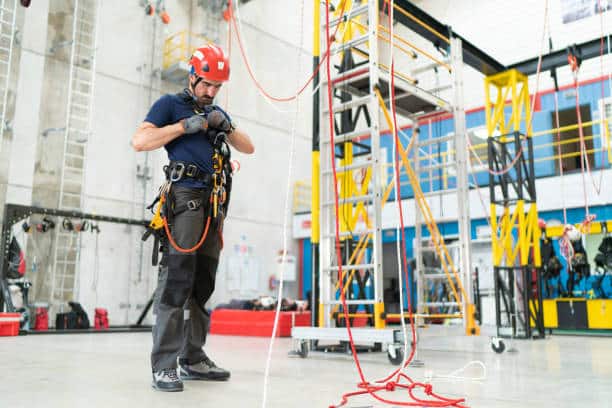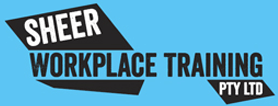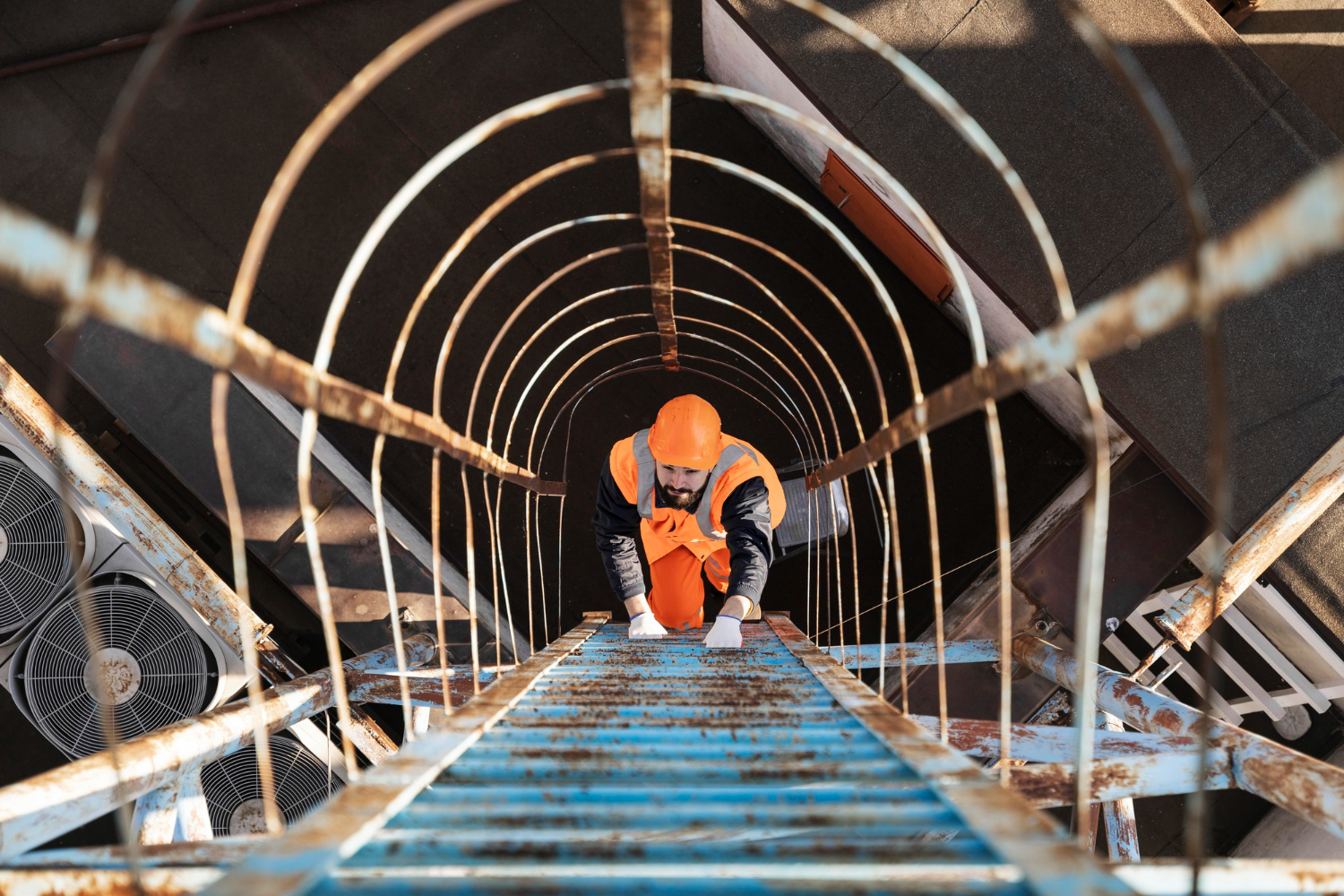If you’re considering diversifying your skills by obtaining your working at heights certification, it’s important to understand the risks involved. For anyone used to only working at ground level, shifting to working at heights can be a big adjustment.
To ensure you are suited to working at heights and it is something you will be comfortable doing, we’ve prepared this short guide about what to expect.
Common Misconceptions About Working From Heights
One of the biggest misconceptions about working from heights is that it is significantly more dangerous than working at ground level.
While the risk of a fall is of course more present when working at heights, injuries in the workplace are just as common on the ground. If anything, the careful approach to working at heights and the numerous safety measures put into place make working at heights safer.
However, this is of course only accurate if these safe systems of work are properly observed and adhered to.
Is Working At Heights For Me?
To work out if working at heights is something you’d be happy to do, let’s take a look at the pros and cons of working from heights versus working on the ground.
Heights
Pros
- Amazing views and the ability to get a better look at your surroundings for proper assessment of hazards

- Allows you to develop skills working in hard-to-reach places such as rooftops, tall buildings and more
- Advanced safety measures to reduce fall hazards including safety nets, harnesses, fall arrest systems and other fall prevention devices
- A more diverse work environment for greater job satisfaction
- Often better pay due to the risks involved
Cons
- Higher risk of significant injuries from falls from heights than working on the ground
- Exposure to harsh weather conditions such as high winds, extreme heat, cold and rain
- More physically demanding than working at ground level
- Can see you working in confined spaces at heights, adding to the challenge and discomfort some may feel
Ground
Pros
- Less physical strain and ability to utilise a variety of equipment to aid in the completion of tasks
- Very small risk of injury from a fall compared with working at heights
- Communication and collaboration with peers are easier at ground level
- Less fear factor as you’re working on solid constructions close to the ground
Cons
- More challenging to assess hazards and can feel confining to some
- Many ground-level jobs involve challenging obstacles and detailed problem solving
- Ground-level work areas involve more risks from heavy machinery, loud noises and hazardous materials
Safety Considerations When Working From Heights
 Ultimately, unless you are exceedingly afraid of heights, having your certification to work from heights can greatly benefit your earning potential and value as an employee.
Ultimately, unless you are exceedingly afraid of heights, having your certification to work from heights can greatly benefit your earning potential and value as an employee.
Whether this sees you working on multistory buildings from temporary work platforms or lower down on an elevating work platform, safety is the priority.
Managing the risk of falls at any workplace involving heights is something everyone needs to take seriously.
This means ensuring everyone understands correct procedures and that appropriate safety equipment is utilised to prevent workers from falling.
Working at heights you will be required to wear a tethered harness at all times, install safety railings where possible, understand fall distances, identify acceptable anchor points and more. The safe systems of work that we teach even covers the proper use of ladders.
Ultimately, when comparing hazards associated with both ways of working, slips, trips, falls and more are all recognised risks that can occur no matter where you are.
With adequate training in both theoretical and practical aspects of working at heights, the dangers associated can be greatly reduced.
Necessary Equipment & Training For Working At Heights
At Sheer Workplace Training, our courses provide you with all the necessary equipment and training to learn how to safely work at heights.
This includes different scenarios at heights and the right safety measures for each, for example:
1. Use Of A Fall-prevention Device
Fall prevention devices include things such as scaffolding, guard rails, temporary work platforms or similar. These are used wherever possible to prevent workers from falling as they manoeuvre around the work site.
2. Use A Work-positioning System
There are times when a fall prevention system is unable to be installed. In these instances, a work positioning system should be employed.
This involves the use of a restraint system that either keeps a worker from reaching a fall hazard or supports them while they work close to one. This is usually through the wearing of a safety harness connected to an industrial rope access system.
3. Use A Fall-arrest System
Only used when a fall prevention device or work positioning system cannot be instated, a fall arrest system is intended to stop a fall or slow it down should one occur.
Through the use of things such as industrial safety nets, catch platforms, arrest harnesses with lifelines or anchors, the impact of a fall can be reduced. This will also, hopefully, reduce the severity of injuries obtained during a fall.
This method requires emergency and rescue procedures to be firmly in place with frequent testing for effectiveness.
Get Certified With Trusted, Highly Skilled Trainers
At Sheer Workplace Training, we have extensive experience working not only as trainers but within the construction industry itself. This has enabled us to develop a working at heights training course that meets the highest standards while also being engaging for attendees.
Our goal is to see every course graduate leave with the necessary skills to keep themselves and their peers safe while working at heights. As a Registered Training Organisation (RTO) the training you receive with us is recognised Australia-wide.
Equip yourself with the knowledge and skills needed to work at heights confidently and safely. Contact Sheer Workplace Training today at 07 3217 3217.



Leave a Reply